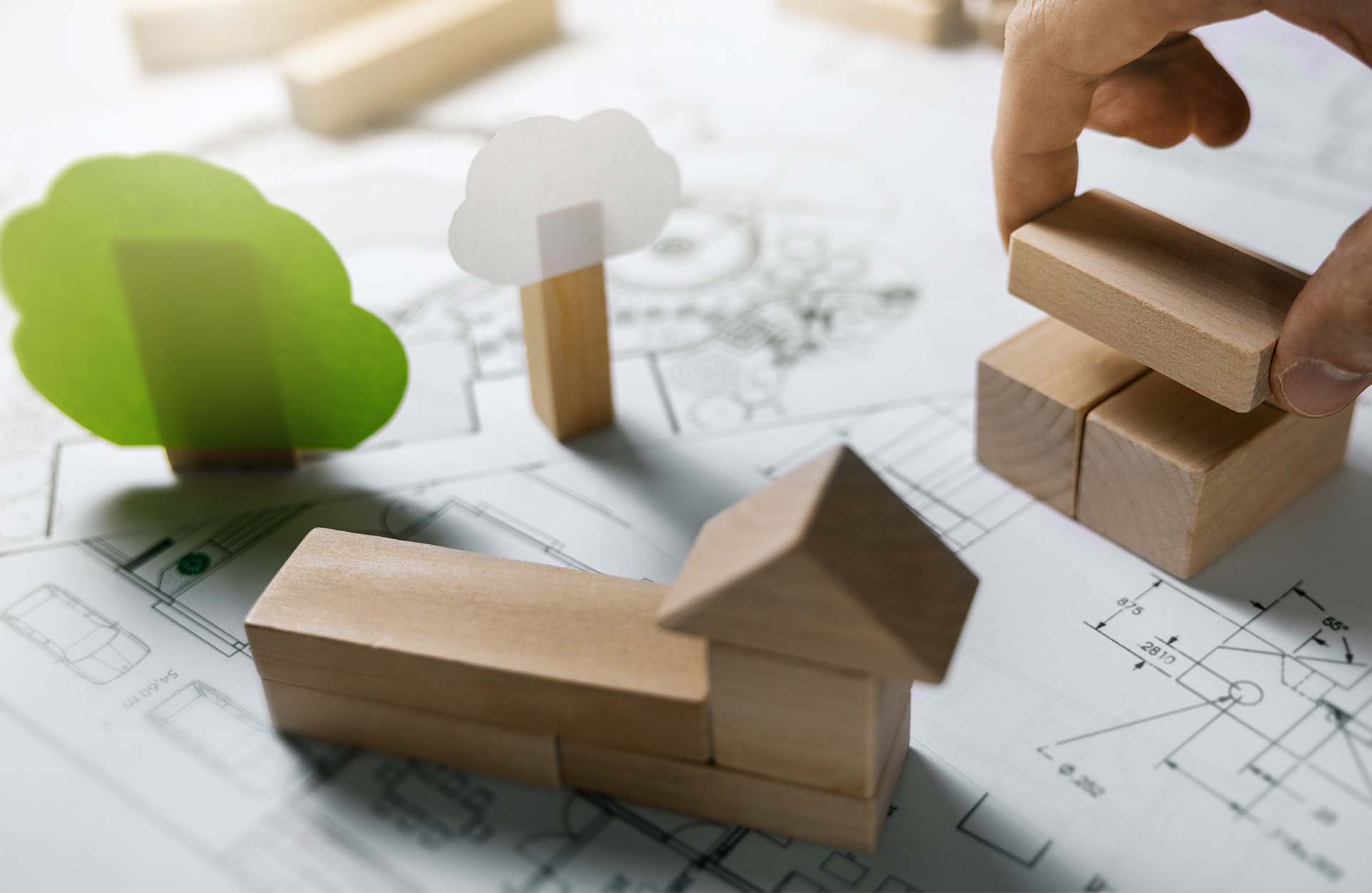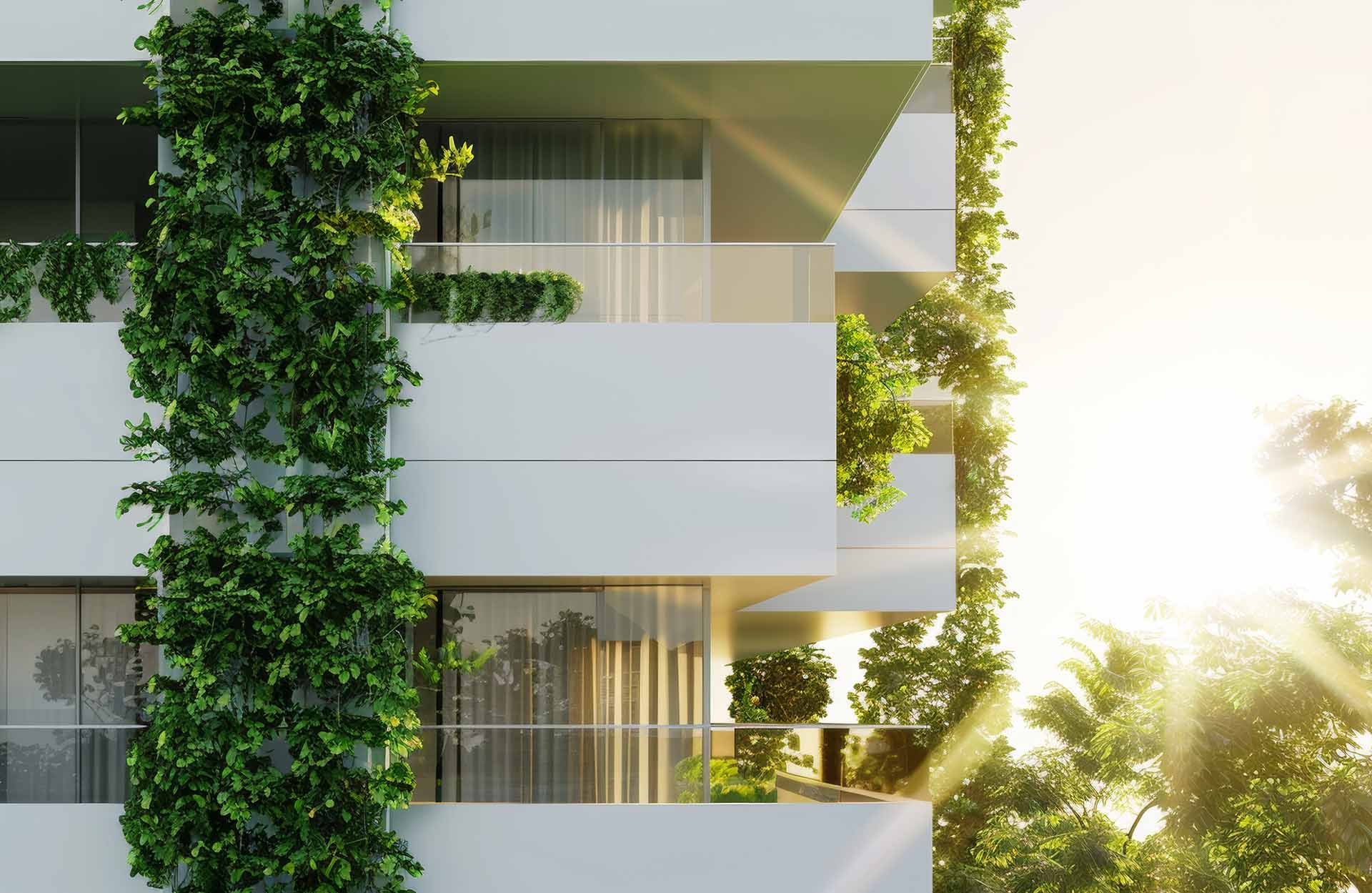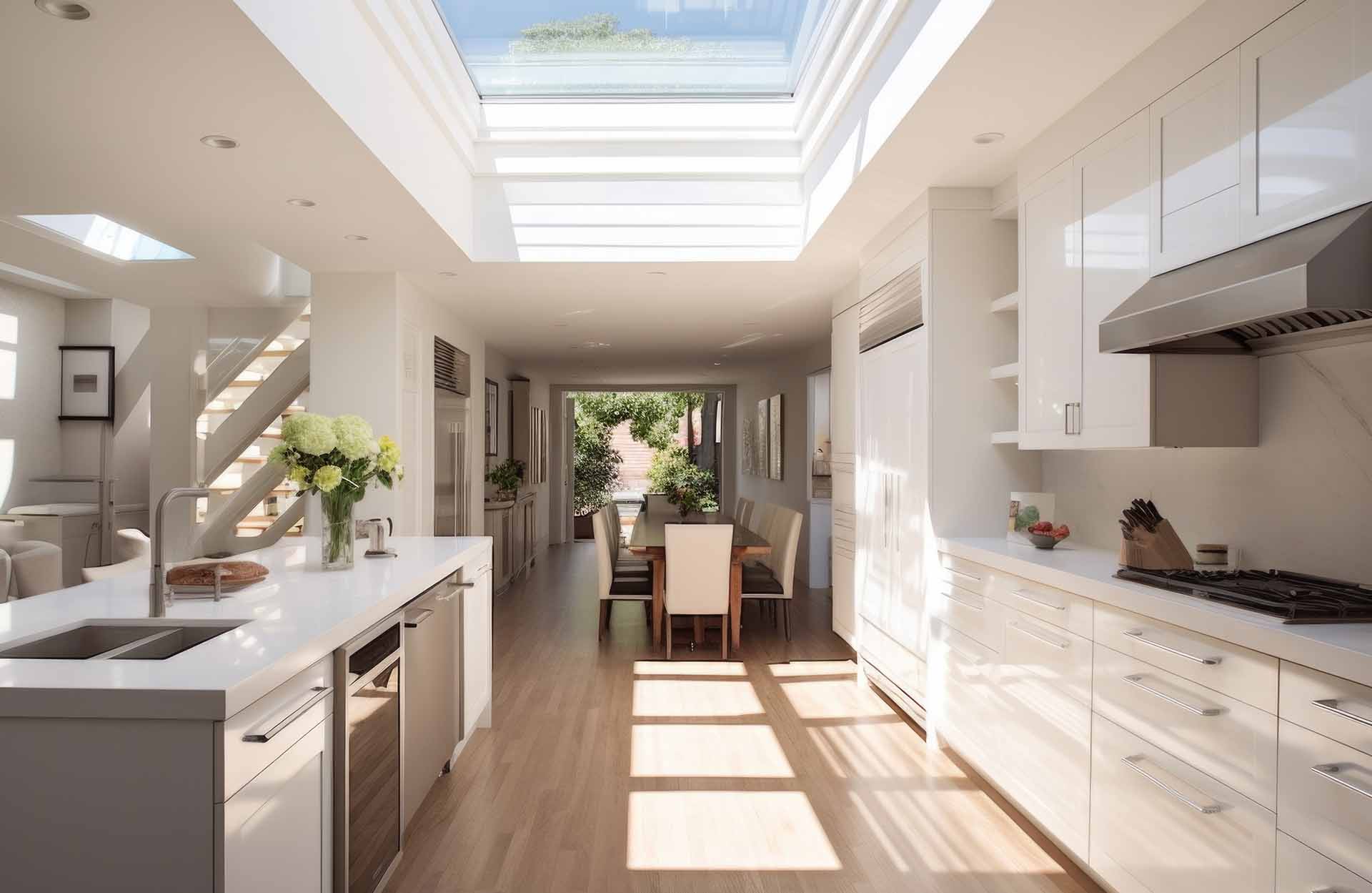Did you know that Australia is a leading contributor to carbon emissions? This is why our ultimate target is to achieve net zero emissions by 2050.
Building owners, builders, certifiers, and architects have a vital role to play: Ensure that buildings meet the National Construction Code’s (NCC) energy performance requirements.
Now, one of the ways to measure a building’s energy performance is the J1V3 (formerly JV3) method. The goal is to come up with a J1V3 report, which summarises a J1V3 assessment, which in turn is based on a J1V3 model. J1V3 modelling creates a detailed 3D thermal model of a building, based on idealised building usage parameters prescribed in the building code. The model is used to figure out how hot or cold different parts of the building can get, then digitally do a temperature makeover as needed.
Read on to discover (or skip ahead to any topic below):
- What You Get from a J1V3 Assessment
- Key Aspects of a J1V3 Report
- How J1V3 Fits in Sustainable Building Practices
- J1V3 is Your Blueprint for Excellence
What You Get from a J1V3 Assessment
Utilising J1V3 can give you a crystal-clear view of how your building will perform in terms of energy consumption. A J1V3 assessment should also recommend tailored solutions for your building type, knowing that each project requires unique strategies aligned specifically with your needs.
Once you are able to optimise energy use for long-term gains, you can look forward to:
- Less wastage
- Reduced bills
- Happier clients
- Improved returns
- Higher property value
Key Aspects of a J1V3 Report
Building certifiers, architects, and builders are custodians of our built environment and need to understand what J1V3 covers. A typical J1V3 report includes:
- Energy Efficiency Goals, or how the building design meets or exceeds the energy efficiency requirements set by the NCC
- Assessment Methods, whether NCC Compliance is achieved via only the Performance Solution pathway or a combination of both the Deemed-to-Satisfy (DtS) Solution and the Performance Solution pathways.
- Design Analysis of the building design and highlighting areas where energy efficiency is maximised
How J1V3 Fits in Sustainable Building Practices
However, the J1V3 method goes beyond ticking checkboxes. It has real-world implications in sustainable building practices, as follows:
Thermal Performance
An important goal of the J1V3 method is to raise the comfort level of building occupants, potentially increasing productivity. It considers insulation, glazing, and shading and aims to fine-tune the temperature dial.
J1V3 could recommend boosting insulation thickness in walls and roofs. Thicker insulation minimises heat transfer, keeping interiors cozy in winter and cool in summer. Builders should therefore choose insulation materials with higher thermal resistance (or R-values), according to J1V3 requirements.
Building Envelope
The building envelope is like a building’s skin — the walls, roof, and windows. A J1V3 report must pay attention to details regarding materials, thickness, and air gaps.
A J1V3 report might therefore recommend sealing any gaps around doors, windows, and ducts. Certifiers should inspect for proper sealing during construction, to prevent air leaks from allowing energy escape and compromising comfort. A Section J Consultant can also inspect this area of compliance upon a site inspection.
J1V3 could also recommend smart glazing choices, like double-glazed or low-emissivity (Low-E) windows. These windows reduce heat loss and gain, maintaining indoor comfort. Architects can thus specify Low-E glass for better thermal performance.
Efficient Lights
A J1V3 assessment might suggest design spaces to maximise natural light (“daylight harvesting”). Sunlight reduces reliance on artificial lighting during the day, so architects should make it a goal to position windows strategically and use light shelves or skylights.
In the absence of natural light, use LEDs, which consume less electricity and last longer than traditional light bulbs. Builders should thus specify LED fixtures throughout the building.
Efficient HVAC Systems
One J1V3 recommendation could be to install variable-speed air conditioners and heat pumps. Variable-speed systems adjust output based on demand, saving energy. Certifiers should verify that HVAC designs incorporate these smart systems.
Services Interaction
Behind those elegant facades lie the “unseen”: electrical, plumbing, and HVAC systems. J1V3 aims to ensure that they work together seamlessly.
Lights must switch on when needed, so the use of occupancy sensors and timers could be a good idea. You might need to install motion sensors and timers for lighting and even for HVAC. These systems automatically adjust based on occupancy, minimising wastage. A J1V3 report could suggest integrating occupancy sensors into lighting circuits.
Climate Zones
Australia’s climate zones vary, from the tropical north to the chilly south. This is why J1V3’s standards are based on climate zones for building warmth (heating) and coolness (cooling). It ensures efficient cooling in warmer zones like Cairns and focuses on effective heating in cooler zones like Melbourne.
The J1V3 method uses “reference buildings” to compare a building’s heating and cooling loads with. The building is modelled using an energy simulation software to test the energy efficiency performance of the building envelope and simulate energy consumption and greenhouse gas emissions of the reference “benchmark” building, and the proposed building.
J1V3 considers insulation levels, glazing types, and shading devices as well. It aims to fine-tune HVAC systems to suit the local climate and ensures that a building stays comfortable without wasting energy. In essence, J1V3 has custom energy recommendations based on where your building is located.
J1V3 is Your Blueprint for Compliance
Australia’s targets becoming a renewable energy leader and achieving net-zero greenhouse gas emissions by 2050. J1V3 aligns with this and the global shift towards environmentally sustainable design (ESD).
Our goal is to ensure your building is designed for energy efficiency, occupant comfort, and sustainability. Application Solutions’ energy consultants can assist with J1V3 modelling, which is necessary for certifications like Green Star. If you have any questions or need guidance, feel free to reach out or read more information about J1V3 here.





